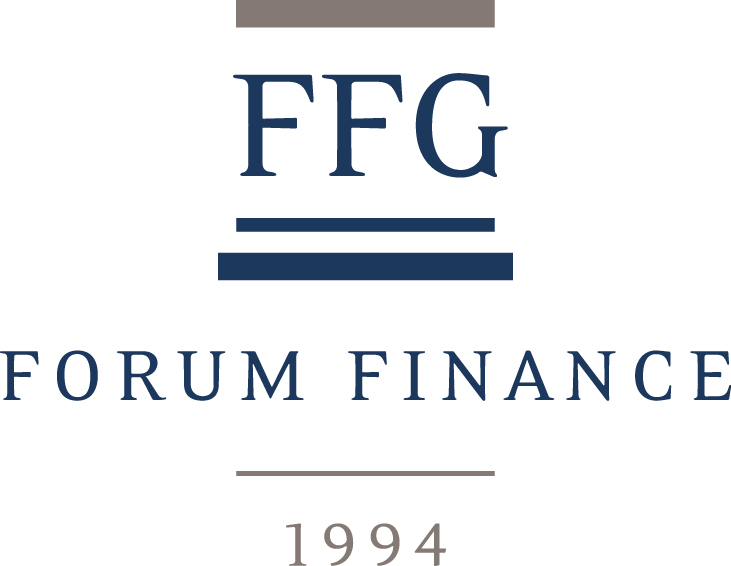Newsletter | October 2023
U.S. 10-year yields hit 16-year peak as Fed seen higher for longer
– 7.29% THE PERFORMANCE OF US LONG TREASURY INDEX
Investment perspective
As widely anticipated, the US Federal Reserve decided to hold its target rate range steady at 5.25-5.50%, the highest level in 22 years. In their newly released “dot plot”, at least one more hike is in the card this year and that cuts would begin later than previously signaled. The ECB raised rates 25bps to 4% and signaled that it was likely be the last increase. The BoE and SNB surprised investors with their decision to take a break from their rate hiking cycle. As Investors are internalizing the likelihood that rates will stay higher for longer, U.S. treasuries were notably weaker with the curve bear steepening. The U.S. 10-year yield rose nearly 90bps, touching its highest level since 2007. The 2-year/10-year spread, inverted by more than 100 basis points on June 30, before narrowing to 50 basis points by the end of September. In that context, bond markets posted a second consecutive month of declines across all sectors. The Global Aggregate hedged in U.S. Dollar was down 1.7%, the Global Aggregate Corporate -1.9% and the Global High Yield -1.1% while EM USD Aggregate was down 2.3% The worst performer was the US Long Treasury segment with -7.3%. Global equities continued their downward trend, with the All Country World index recording a decline of 4.1% in U.S. Dollar. Contrary to August, developed markets suffered more than emerging markets, with a decline of 4.3% and 2.6% respectively. Major US equity indices were down in September, a month that lived up to its reputation as the worst month of the year in terms of returns. The U.S. large cap declined by 4.8% while the heavy information technology index was down 5.8%. European equities held up better, with a decline of 1.6%, as did Japanese equities, up 0.3% in local currency. Chinese equities were down 2.6% in U.S. dollar while Indian equities were up 1.7% expressed in U.S. dollar. With oil prices recently reaching record highs for the year in 2023, energy prices continue to pose a significant risk to the disinflation narrative. The U.S. Dollar index was up 2.5% while gold was down 4.7%, logging a decline for the second straight quarter.
Investment strategy
Several equity indices hit their highs during the third quarter, before declining significantly, reducing year-to-date returns. The road to a soft-landing may be winding and full of diverging signals but hopes for such a scenario remain intact despite a very aggressive monetary policy. Several Western central banks have not raised interest rates further in September even if inflation remains above the 2% target. These announcements would seem to signal the end of the monetary tightening cycle and the opening of a stabilization phase for short-term interest rates. This phase of rates plateauing around current levels is likely to last several quarters before possible rate cuts in the second half of 2024. The main risks of the current soft-landing scenario are either a more severe slowdown in economic activity or continued strong growth leading to a resurgence in inflation. Even if inflation will only fall gradually, we passed the peak a few months ago, and the theme of disinflation is still relevant. Against this backdrop of moderate growth and disinflation, we find corporate bonds attractive, even in the event of rising defaults, as they offer carry with limited interest-rate risk. Like economies, markets are at a crossroads following recent price action that pushed them close to critical technical levels and into an oversold situation that are generally rare opportunities to increase market exposures.
U.S. SMALL CAP INDEX NOW IN NEGATIVE TERRITORY YEAR-TO-DATE
Portfolio Activity/ News
Considering that we had reached terminal rates, we tactically increased our equity weighting in September and are maintaining this position.
Our rather cautious stance on long-dates bonds has proved judicious, and we are maintaining this positioning, while recognizing that we could selectively take advantage of any price exaggeration. We remain confident about our short-dated corporate bonds exposure. However, we recognize that even a moderate deterioration in economic conditions because of tighter financial conditions will create some challenges for highly indebted companies, causing default rates to rise. After a phenomenal rally in the first part of 2023, technology companies and, more generally, so-called growth stocks fell sharply in August and September due to an increase in the likelihood of interest rates remaining higher for longer. We took advantage of this selloff to initiate a position in a strategy focused on investing in exceptional growth companies. As a provider of diversification and return in adverse markets, it is interesting to note the very good performance of our alternative strategy bucket. Indeed, our trend-following exposure recorded a positive return of more than 5% in a complicated market for both bonds and equities.
Download the Newsletter
